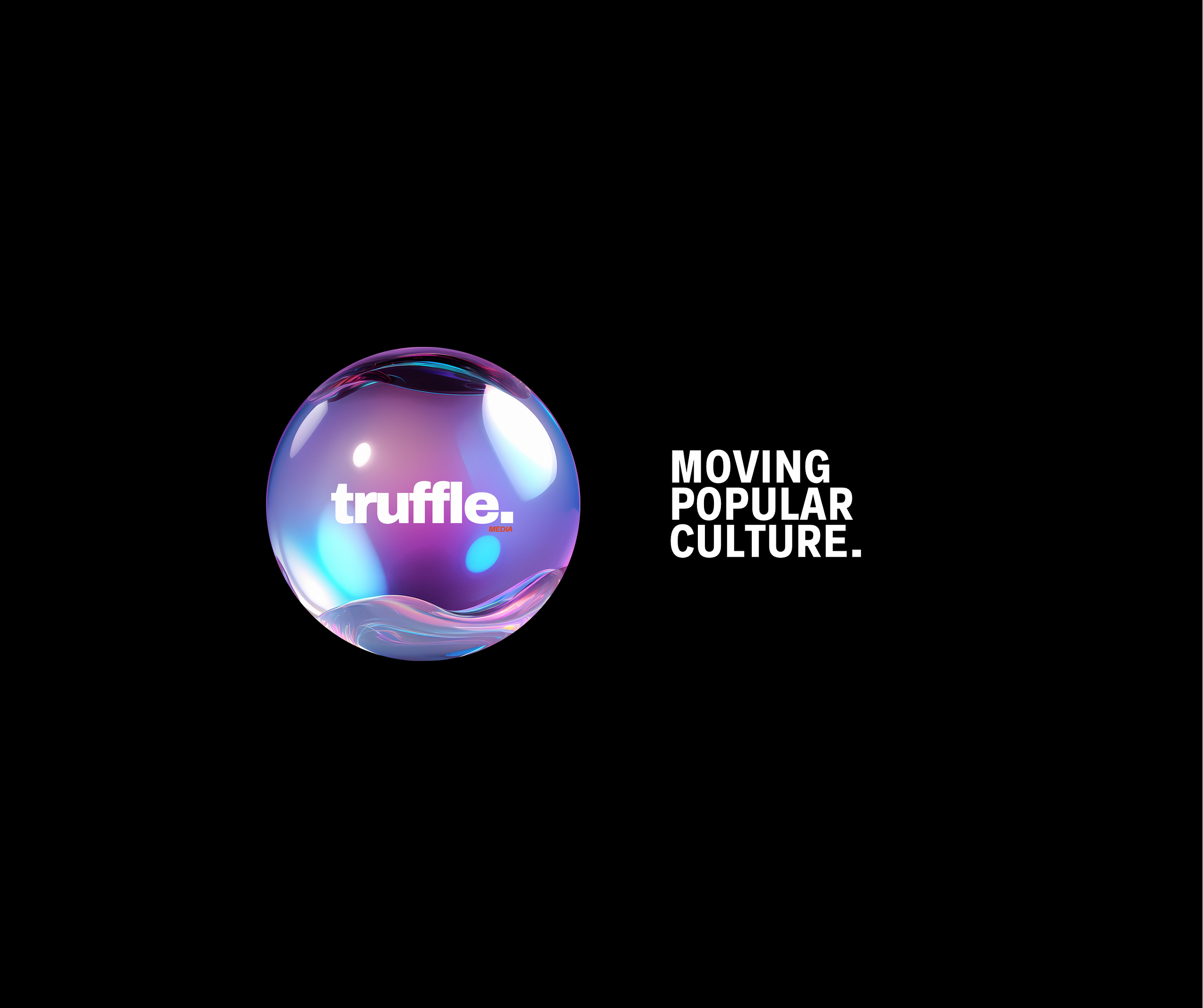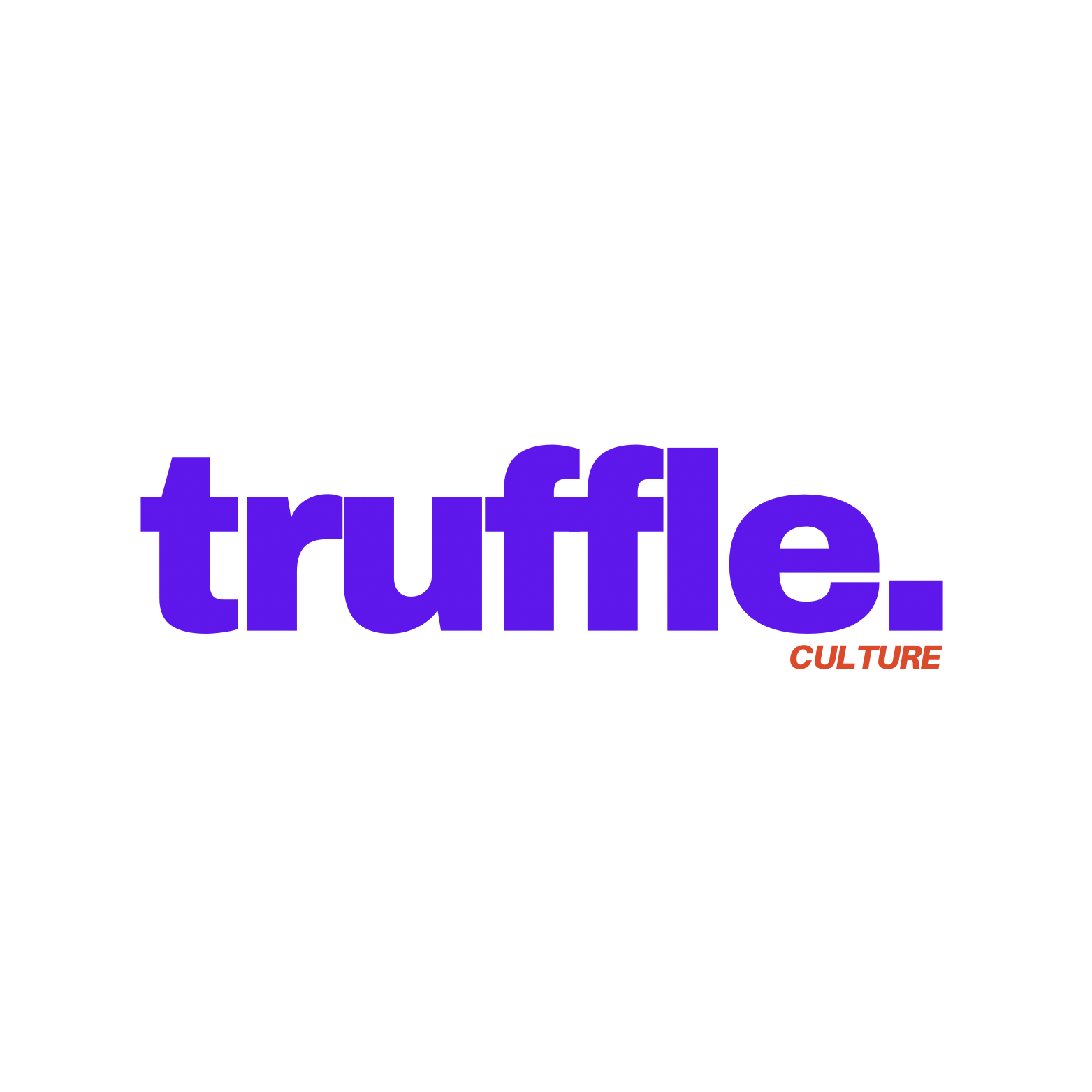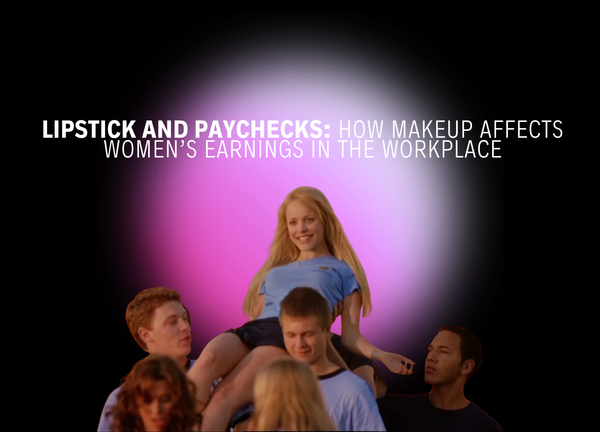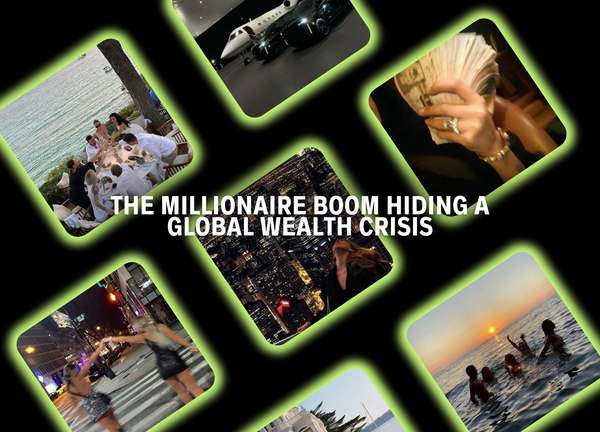Streetwear’s Pivot to Quiet Luxury
Discover how streetwear is trading bold logos for quiet luxury’s understated elegance. From The Row to Fear of God.

The Context
Walk through any urban artery today — Brooklyn, Shoreditch, or Harajuku — and you’ll notice a shift in the sartorial pulse. Gone are the days when streetwear screamed for attention with oversized logos and neon graphics. Instead, there’s a new uniform: buttery cashmere hoodies from Loro Piana, tailored joggers by The Row, and sneakers so minimalist they whisper wealth rather than shout it. Streetwear, once the rebel yell of youth culture, is embracing quiet luxury — a term that’s less about flash and more about restraint. Lyst’s 2024 fashion report noted a 24% spike in searches for brands like Brunello Cucinelli, while hype-driven labels like Supreme saw plateauing demand. Retailers like SSENSE report a surge in “elevated essentials” — think $1,000 sweatshirts with no branding at all.
But what does this pivot mean for a subculture born in skate parks and rap videos? At Truffle Culture, we see this shift as more than a trend — it’s a recalibration of status in a world exhausted by excess. Streetwear’s flirtation with quiet luxury reflects a deeper cultural hunger for authenticity over ostentation, substance over spectacle. To unpack this, we must trace the roots of streetwear’s evolution and ask: Is this pivot a maturation of the genre or a betrayal of its defiant spirit?
The Roots of Streetwear’s Transformation
Streetwear’s story is one of rebellion, remixed with ambition. Emerging in the 1980s from California’s surf and skate scenes, it was codified by brands like Stüssy and later amplified by hip-hop’s embrace of bold logos — think Run-DMC in Adidas tracksuits. By the 2010s, streetwear had conquered high fashion, with Virgil Abloh’s Off-White blurring the lines between hoodies and haute couture. Supreme drops became cultural events, with kids camping out for limited-edition tees that resold for thousands. This was streetwear as provocation — loud, exclusive, and unapologetic.
Yet, even at its peak, cracks appeared. The hype economy, fuelled by resellers and bots, turned streetwear into a caricature of itself. A 2023 Business of Fashion report noted that 68% of Gen Z consumers felt “fatigued” by logo-heavy designs, craving pieces that felt personal, not performative. Enter quiet luxury, a philosophy rooted in old-money discretion. Labels like The Row, founded by Mary-Kate and Ashley Olsen, championed “stealth wealth” — impeccable tailoring, neutral palettes, and no visible logos. When Kanye West, once the king of graphic-heavy Yeezy, debuted a capsule of muted cashmere basics in 2024, it signalled a tipping point. Streetwear wasn’t abandoning its edge; it was redefining it.
This shift mirrors broader cultural currents. The 2008 financial crisis birthed a skepticism of flashy wealth, amplified by social media’s exposure of inequality. Quiet luxury, as cultural critic Rachel Tashjian argues, is “a rejection of the vulgarity of new money.” For streetwear, a genre steeped in subcultural defiance, adopting this ethos feels both radical and paradoxical — a way to reclaim authenticity while flirting with the elite.
The Critique: Evolution or Erasure?
At its heart, streetwear’s pivot to quiet luxury is a bid for timelessness. The oversized Supreme hoodie, once a badge of rebellion, now feels like a relic of the 2010s, as dated as skinny jeans. Quiet luxury offers a way forward: pieces that endure beyond hype cycles, crafted with materials that feel intimate — soft wools, supple leathers, cottons that drape like a second skin. Brands like Fear of God have mastered this, blending streetwear’s relaxed silhouettes with LVMH-level craftsmanship. It’s a middle finger to fast fashion’s churn, aligning with a generation that, per a 2024 McKinsey study, prioritises sustainability and quality over quantity.
But let’s pause and interrogate. Streetwear was born from the margins — Black and Latino youth, skaters, graffiti artists — who used clothing to claim space in a world that ignored them. Quiet luxury, with its $2,000 sweaters and country-club aesthetic, risks alienating that lineage. Critics like Dapper Dan, the Harlem designer who fused hip-hop with high fashion, warn that this pivot could “sanitise” streetwear, stripping its cultural roots for a wealthier, whiter audience. The price tags alone — $800 for a hoodie, $1,500 for a coat — exclude the very communities that birthed the movement. Is this evolution or erasure?
At Truffle Culture, we argue it’s both. The pivot to quiet luxury is a natural response to a culture drowning in noise, where logos feel less like statements and more like billboards. But it demands vigilance. Streetwear must honor its origins by amplifying underrepresented designers and making space for accessible expressions of this new aesthetic. Initiatives like community-driven capsule collections or collaborations with local artisans could bridge the gap, ensuring quiet luxury doesn’t become a gated community.
The Conversation: Redefining Status
Streetwear’s embrace of quiet luxury is a mirror to our moment — a culture craving depth in a sea of surface. It’s not about abandoning the street but about reimagining what it means to stand out. A perfectly cut jacket, unbranded but exquisitely made, speaks louder than a logo ever could. It’s a status symbol for the discerning, a nod to those who value craft over clout. This shift challenges us to rethink identity: What does it mean to dress with intention? How do we balance individuality with accessibility?
The answers lie in the tension. Streetwear has always been a dialogue — between high and low, mainstream and margin. Quiet luxury is its latest chapter, urging us to dress not for the algorithm but for ourselves. It’s a call to slow down, to choose pieces that tell a story, whether they cost $80 or $800. The future of streetwear isn’t in rejecting its past but in weaving it into something new — a style that’s as bold in its restraint as it once was in its excess.
BOTTEGA VENETA EXPLORES QUIET LUXURY IN NEW FILM
Let’s move culture, together.
Streetwear’s pivot to quiet luxury is a reckoning with what it means to be seen. It asks us to trade shouting for whispering, to find power in subtlety. At Truffle Culture, we’re curious about your place in this shift. Do you lean loud or quiet in your style? Is there a piece in your wardrobe that feels like a quiet rebellion? Share your thoughts in the comments, and let’s unpack how this evolution shapes the culture we wear.





